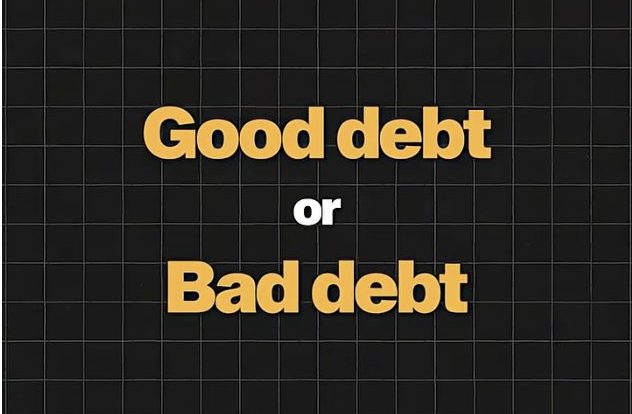The Surprising Truth About Debt

Understanding the Difference Between Good and Bad Debt
Not all debt is created equal. In fact, there’s a clear distinction between good debt and bad debt, and this difference can significantly impact your financial journey. Good debt is essentially debt that someone else pays off for you. For example, when you purchase an apartment building, you don’t pay for it yourself. Instead, a bank provides a loan, and the debt comes with tax advantages. Your tenants then handle the payments, making it a form of good debt that works in your favor.
On the other hand, bad debt is what most people struggle with on a daily basis. When you use a credit card to buy sushi, that’s considered bad debt because you end up paying for it out of your own pocket later. While Robert Kiyosaki has famously explained the concept of good versus bad debt, he often overlooks a crucial aspect: what to do when you’re already drowning in consumer debt.
The Three Rs of Debt Management
If you're already dealing with consumer debt, I've developed a system called the Three Rs that can help transform your financial situation:
-
Refinance: If you have accumulated credit card debt but also have assets backing you, consider refinancing that high-interest burden. Converting a 29% credit card interest rate into an 8% home equity line of credit isn't just about saving money—it's about using strategic leverage to improve your financial position.
-
Renegotiate: A simple phone call can lead to dramatic reductions in your interest rates. Mentioning balance transfers or indicating that you're considering canceling the account can quickly get you transferred to the retention department, where you might receive better offers.
-
Reallocate: If you have money earning 4% in savings while paying 15% on credit cards, you're losing money every day. Reallocating those savings to wipe out high-interest debt can provide an immediate, risk-free return.
These strategies aren't just theoretical—they’ve worked for countless clients who thought they were financially trapped. The transformation begins when you stop viewing all debt as negative and start understanding how to manage it effectively.
The Cash Flow Index: Your Roadmap to Freedom
Beyond the Three Rs, I use a powerful tool called the Cash Flow Index. The concept is straightforward: divide each loan balance by its monthly payment. The loans with the lowest resulting numbers should be paid off first.
Why? Because this approach gives you the fastest route to reclaiming your monthly income and reducing financial stress. It’s not about paying the highest interest rate first (though that makes mathematical sense)—it’s about freeing up cash flow that gives you breathing room and options.
Understanding the difference between leverage and consumer debt is the first step. However, living wealthily is about using money as a tool, not a trap. Most financial advisors miss this critical distinction. They focus on the math without considering the psychological and practical benefits of improved monthly cash flow. When you free up $500 in monthly obligations, you gain both financial flexibility and mental peace.
Turning Liabilities Into Levers
The wealthy don’t avoid debt—they use it strategically. They understand that certain types of debt can be powerful tools for building wealth. The key difference is whether that debt is consuming your resources or creating new ones.
I became a multimillionaire by age twenty-six not by avoiding debt, but by using it correctly. When I purchase income-producing assets with financing, those assets work to pay off the debt while appreciating in value and generating additional income. This creates a positive financial cycle instead of a draining one.
The financial industry profits from keeping people confused about these distinctions. They want you to believe all debt is bad while simultaneously encouraging consumer spending. This contradiction serves their interests, not yours.
Financial Freedom and Wealth Building
Financial freedom isn’t about having zero debt—it’s about having your money work harder for you than you work for it. It’s about creating more value than you consume and using financial tools to accelerate wealth building rather than wealth depletion.
Start by examining your current debt through this new lens. Categorize each debt as either leverage (working for you) or consumer debt (working against you). Then apply the Three Rs and the Cash Flow Index to transform your financial situation. Your relationship with debt might just become the cornerstone of your wealth-building strategy rather than its biggest obstacle.
Post a Comment for "The Surprising Truth About Debt"
Post a Comment